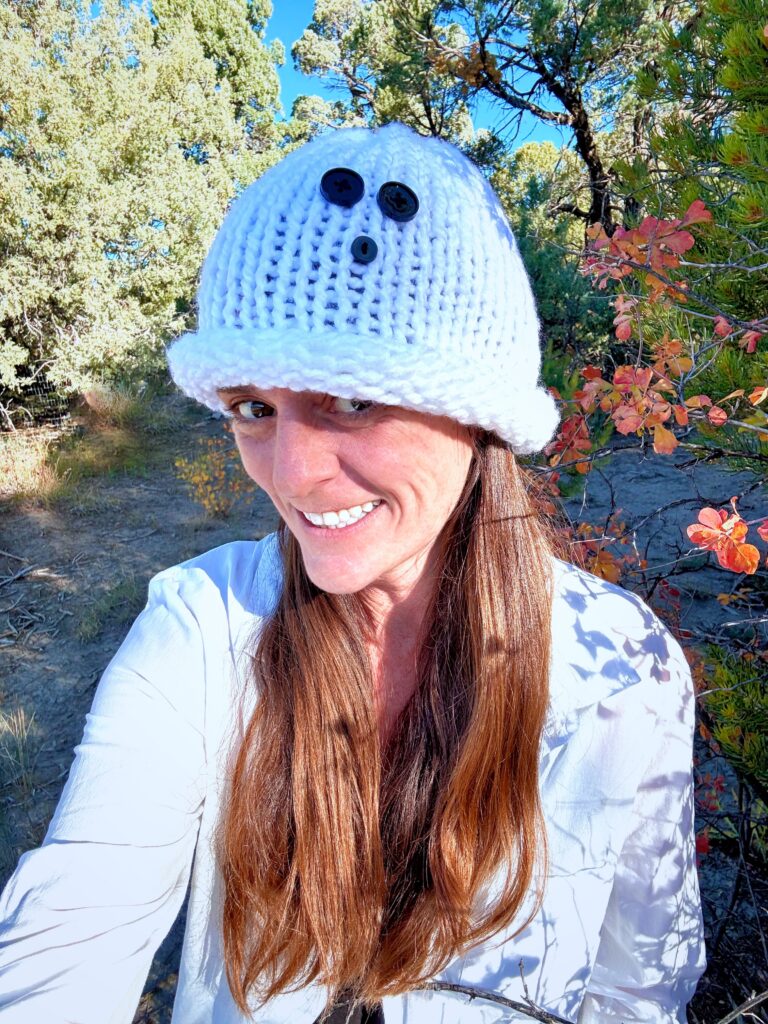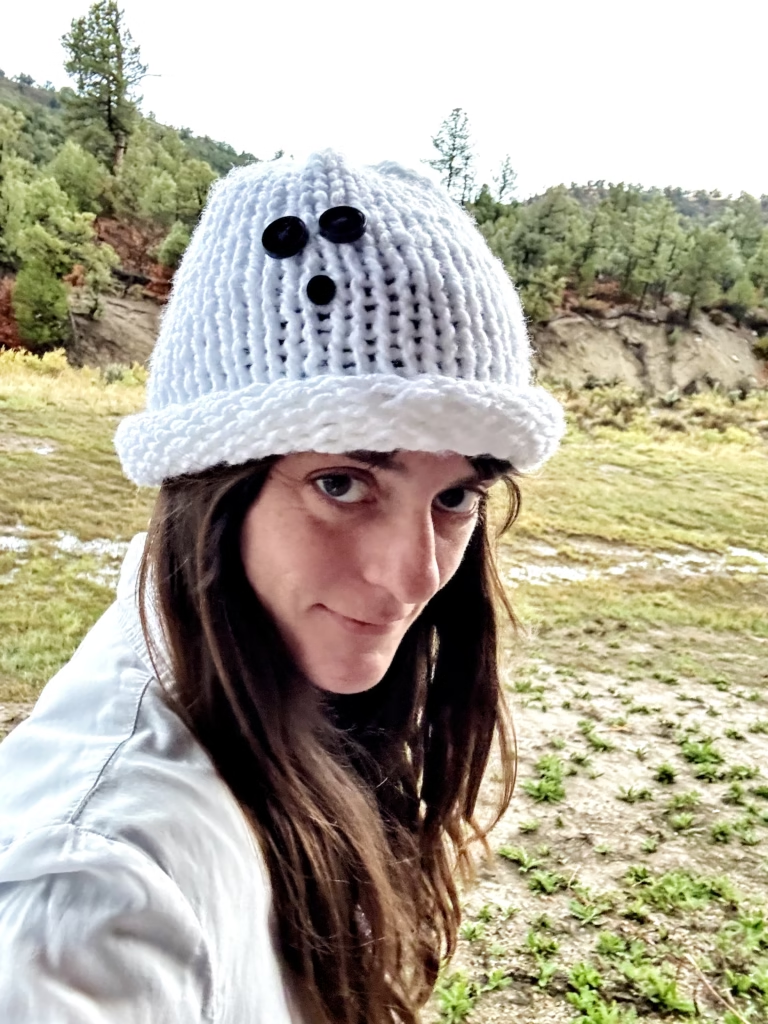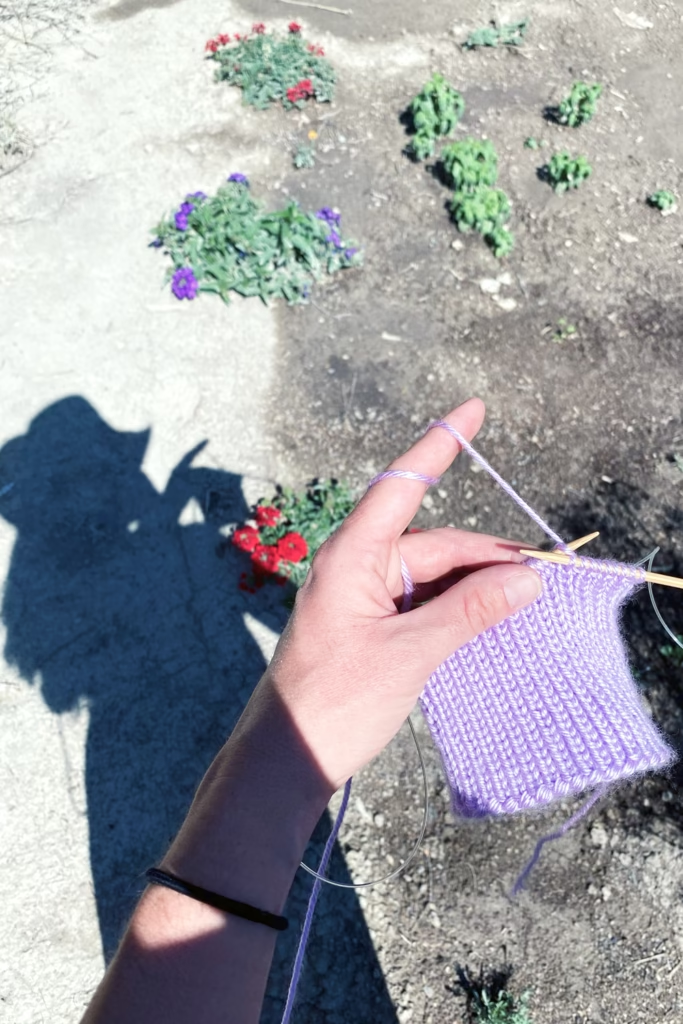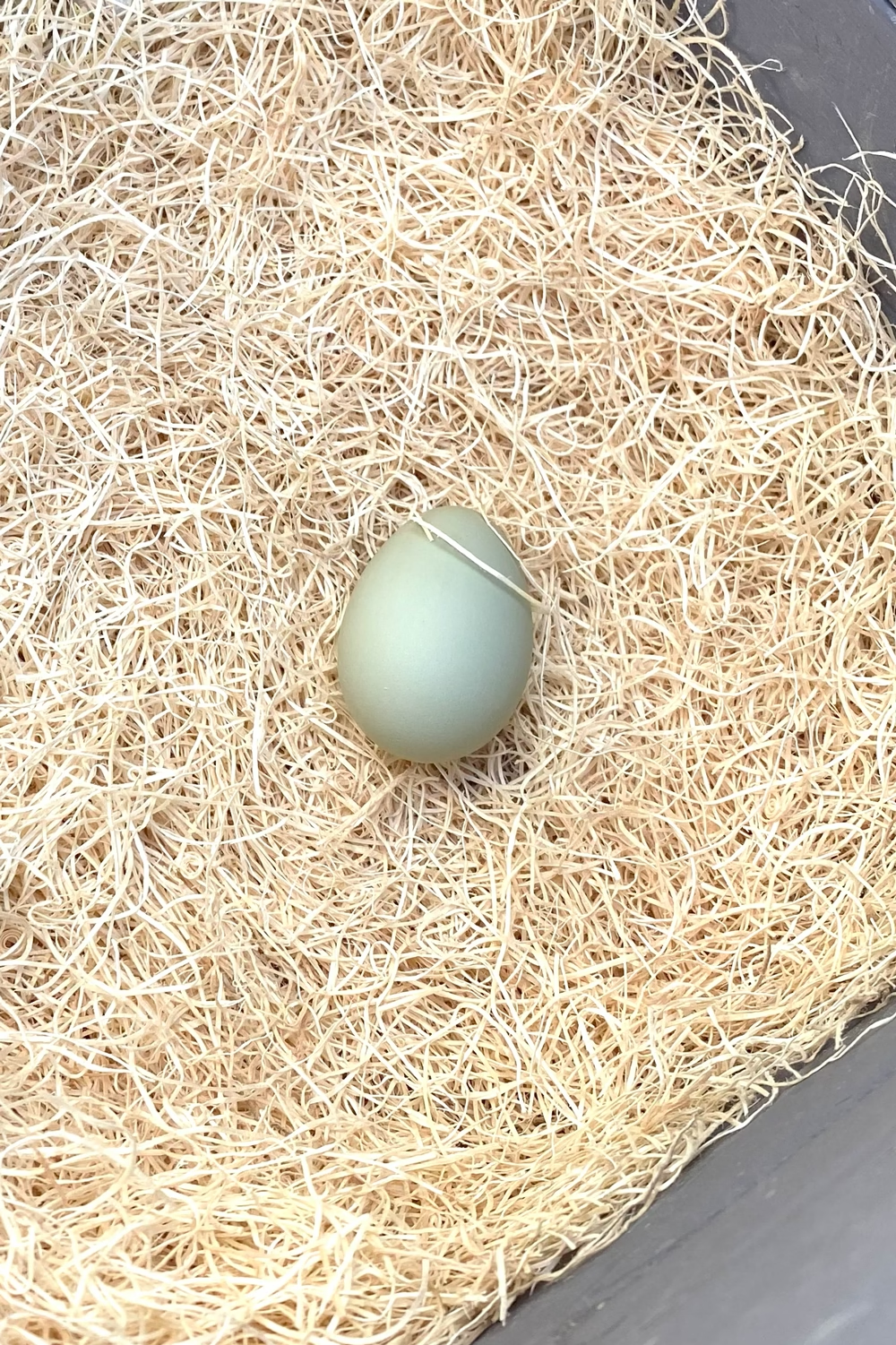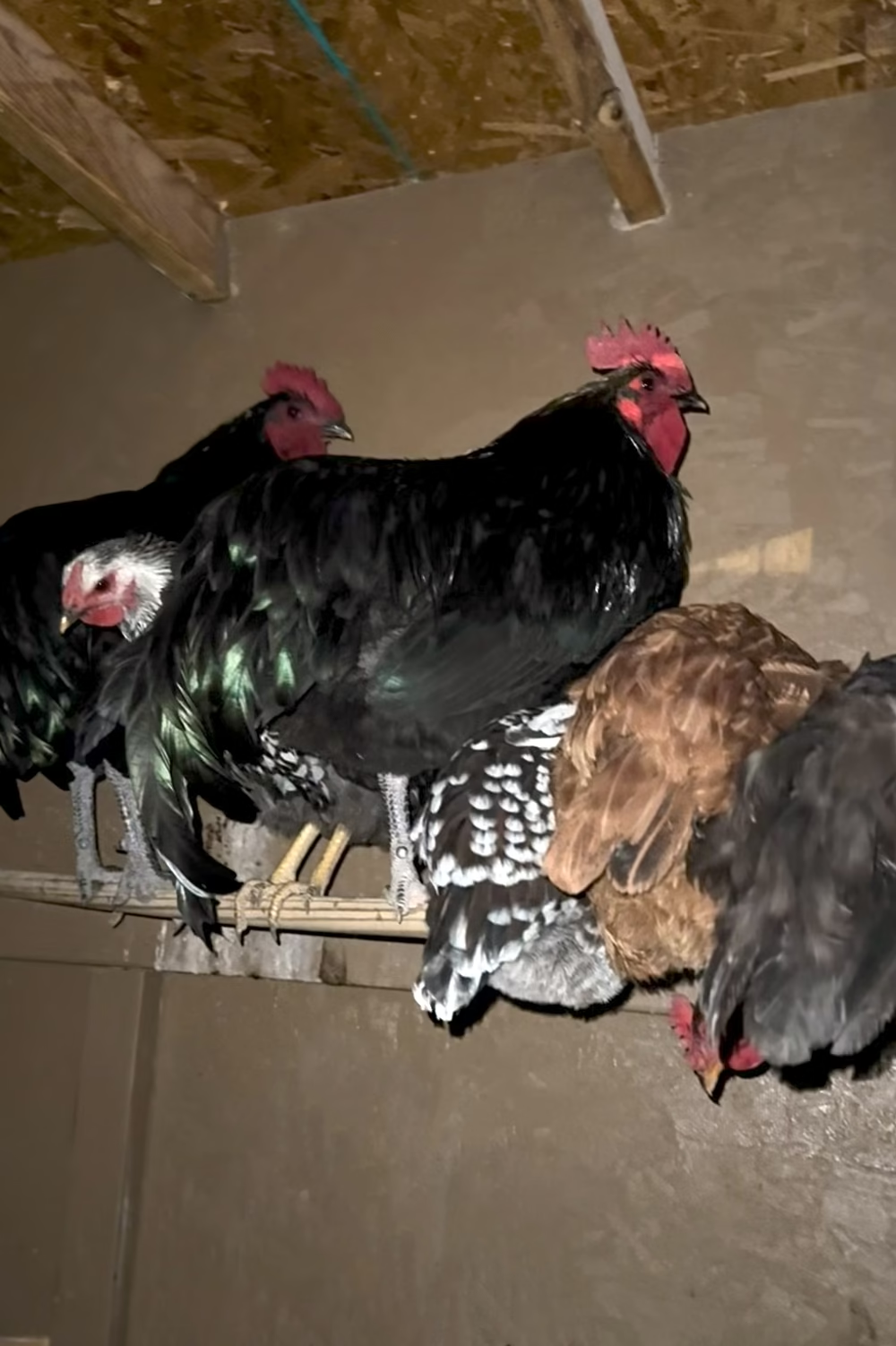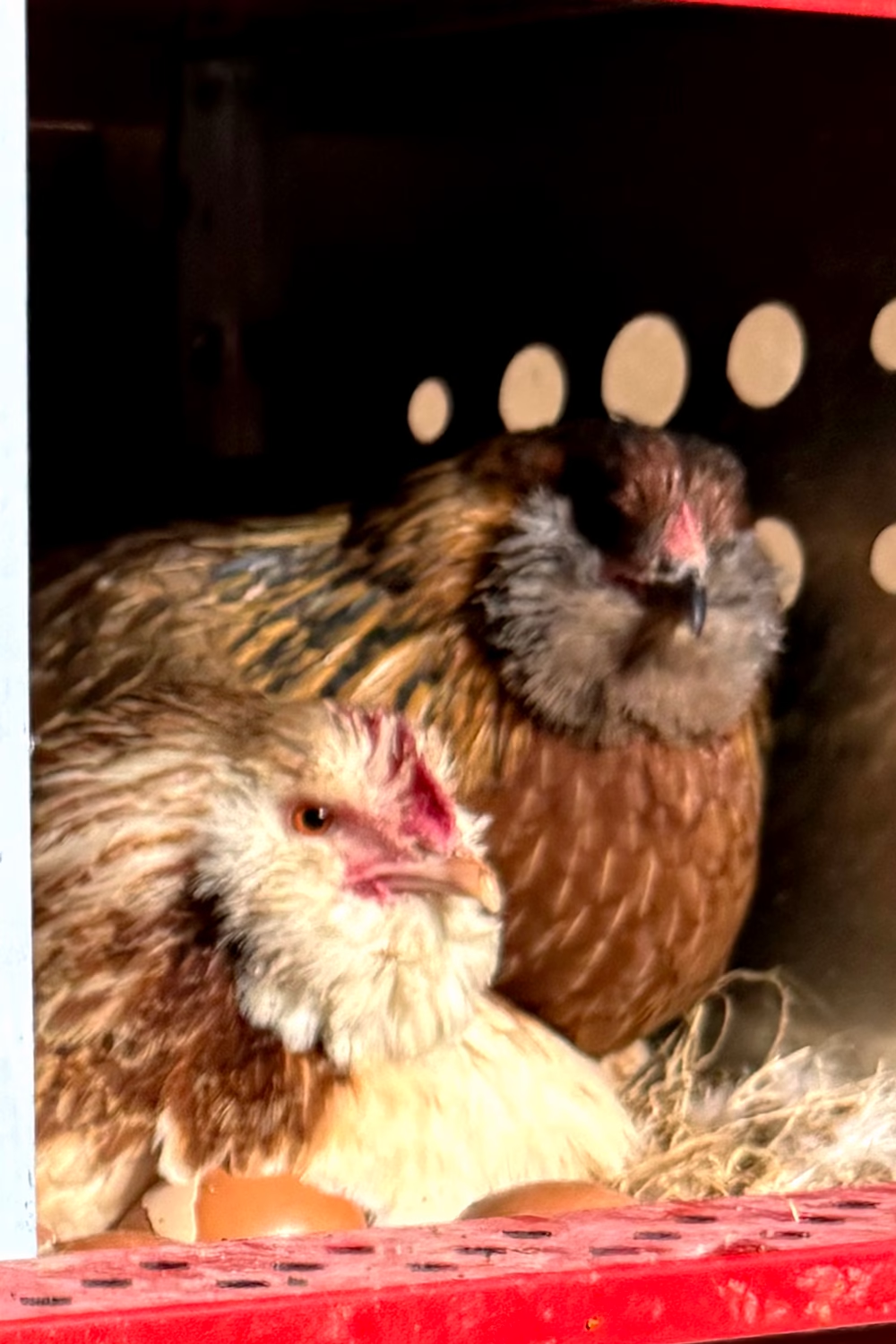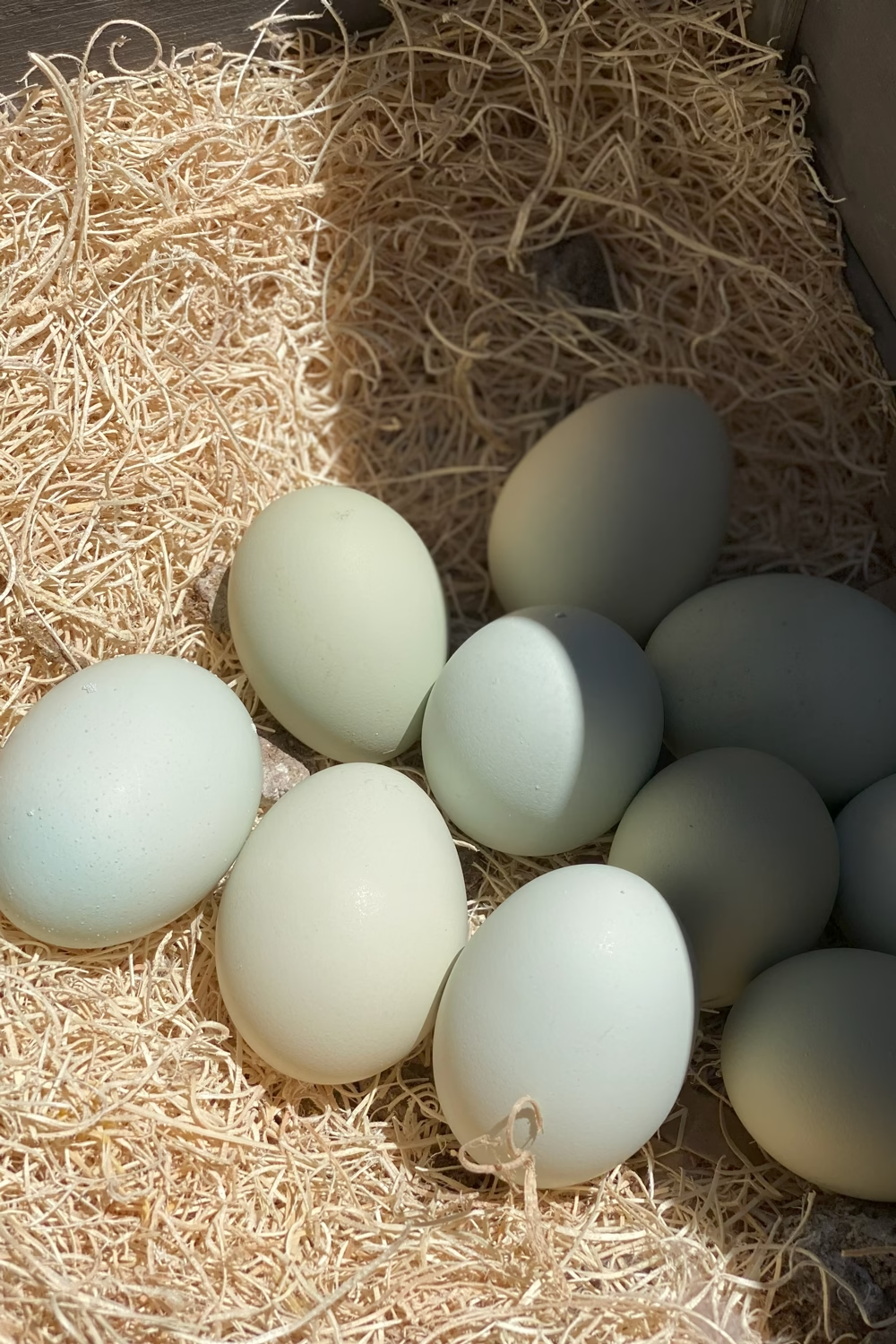Halloween DIY Craft Roundup: Knitting, Crochet, and Craft Patterns from Liz Chandler @PurlsAndPixels
It’s spooky season! I’ve gathered up all the creepy, crawly, and goofy DIY projects here in the Halloween DIY Craft Roundup. Find fun homemade costumes pieces and decorations. Whether you’re looking to dress as the Princess or her Pumpkin, knit, crochet, and craft your way to the cutest Halloween ever.
Explore Halloween DIY Projects
Below you’ll find the most exciting handmade holiday crafts:
🎃 Pumpkin Hat and Gloves Knitting Pattern Set
🧣 School Colors Scarf Knitting Pattern
❄️ Blue Snowflake Mitten Knitting Pattern
👠 Leg Warmers Knitting Pattern
🐸 Little Frog Knitting Pattern
🦀 Hermit Crab Hat Crochet Pattern
🍬 Candy Pillow Toy Knitting Pattern
👻 Fast & Easy Chunky Ghost Hat Knitting Pattern
Pumpkin Hat and Gloves Knitting Pattern Set
Be the cutest pumpkin in the land with this festive and adorable knitwear set. An adorable and cozy pumpkin hat pairs perfectly with snuggly fingerless gloves. And there are sizes for adults and babies.
🎃 Find the pattern here
School Colors Scarf Knitting Pattern
Ready to show your school pride? Choose your house and knit the School Colors scarf. It works up so fast, it’s like magic. 🪄
🎃 Find the pattern here
Blue Snowflake Mitten Knitting Pattern
Even the coldest princess can keep her hands warm and cozy in these frozen blue snowflake mittens. Add these cute mittens to your princess costume with the free knitting pattern.
🎃 Find the pattern here

Leg Warmers Knitting Pattern
Go full 1980s with handmade leg warmers. Add tall stiletto pumps in and cute leggings and tease that hair to be the ’80s party queen of your dreams.
🎃 Find the pattern here

Little Frog Knitting Pattern
Looking for a tiny prince? This little frog is your man. Knit him up and take him with you trick-or-treating.
🎃 Find the pattern here
Hermit Crab Hat Crochet Pattern
Feeling crabby this year? This Hermit Crab Hat Crochet Pattern makes an excellent Halloween costume DIY project. Costume idea: many customers have worn this crab hat to compliment a little mermaid buddy while trick-or-treating.
Candy Pillow Toy Knitting Pattern
Don’t forget to sweeten up your home decor this Halloween. Knit candy toy pillows for every room with this super-simple knitting pattern.
Fast & Easy Chunky Ghost Hat Knitting Pattern
Want a spooky costume in a handmade flash? Grab some super-bulky yarn and make a fast and easy ghost hat. The chunky yarn and simple pattern make you a happy ghost in no time flat.
🎃 Find the pattern here
More Holiday Craft Ideas
Looking for more inspiration? Browse my holiday articles filled with cozy crafts and clever gift ideas:
💞 Valentine’s Day Gift Ideas: Handcrafted with Love
Happy Halloween! Happy Crafting!
I hope this Holiday Pattern Roundup got you in the mood to create something amazing! I can’t wait to see what you create!
Don’t Miss a Stitch! 🧶
Love cozy knitting projects? Join me on YouTube, Pinterest, and Instagram! And don’t forget to sign up for my newsletter to get more free patterns, helpful tips, and updates straight to your inbox. 💌






